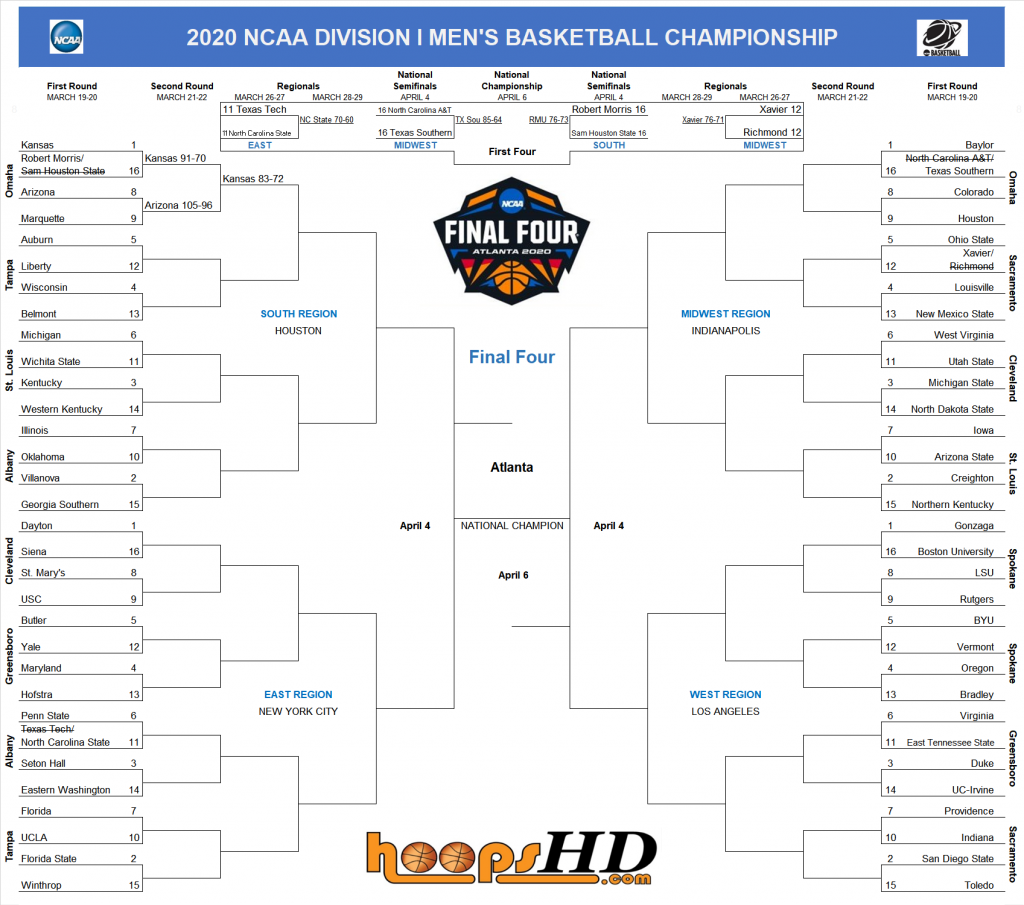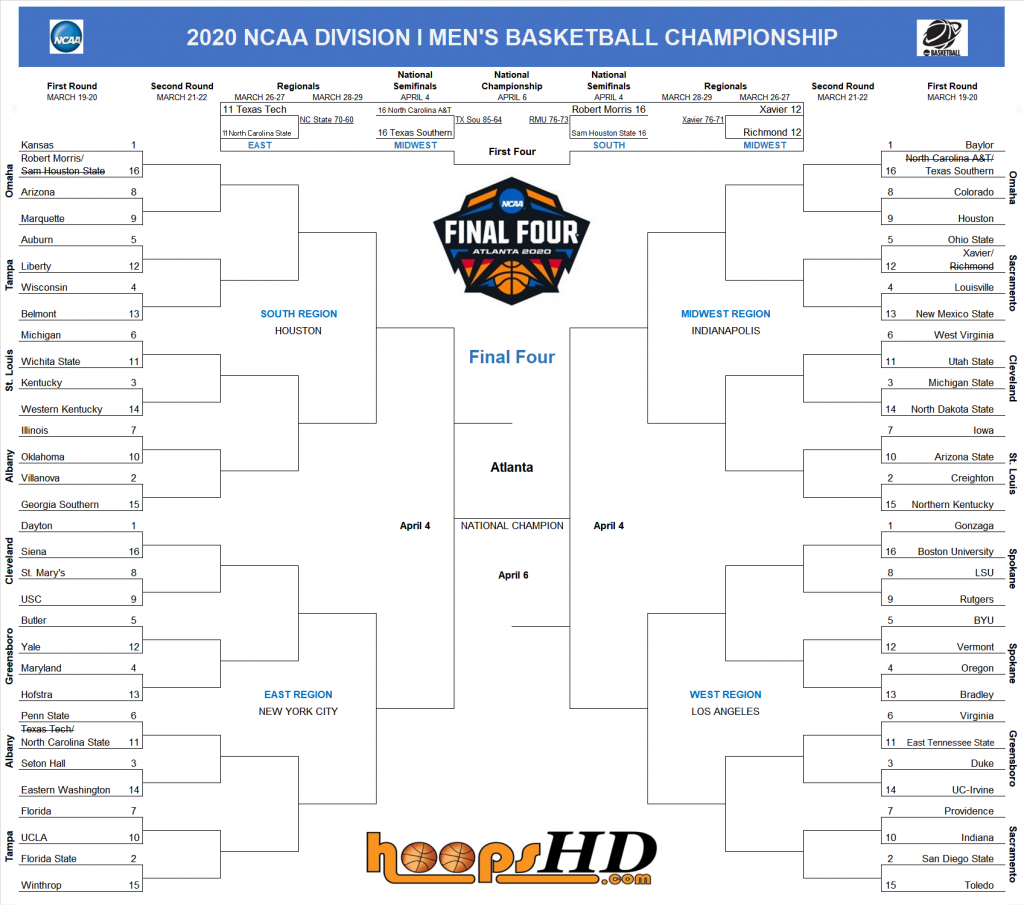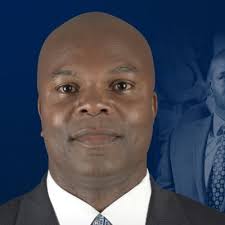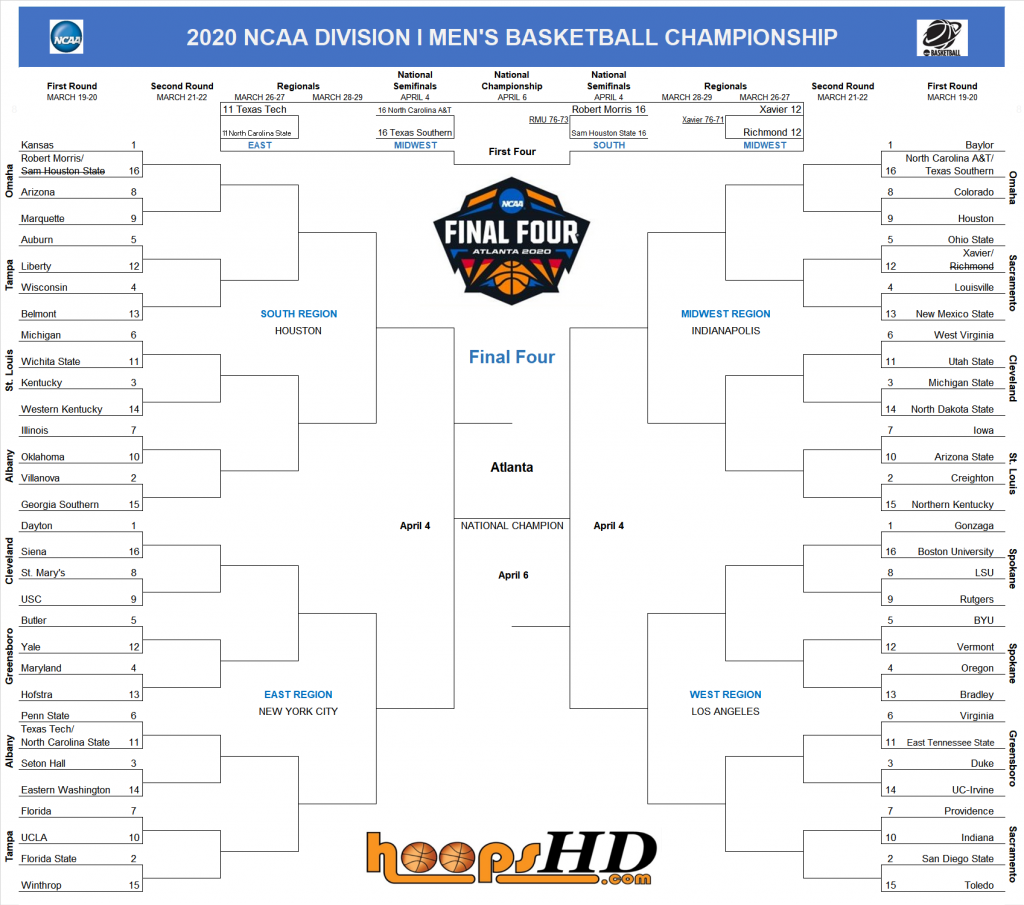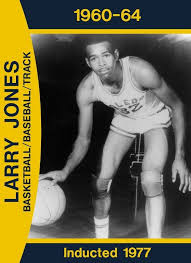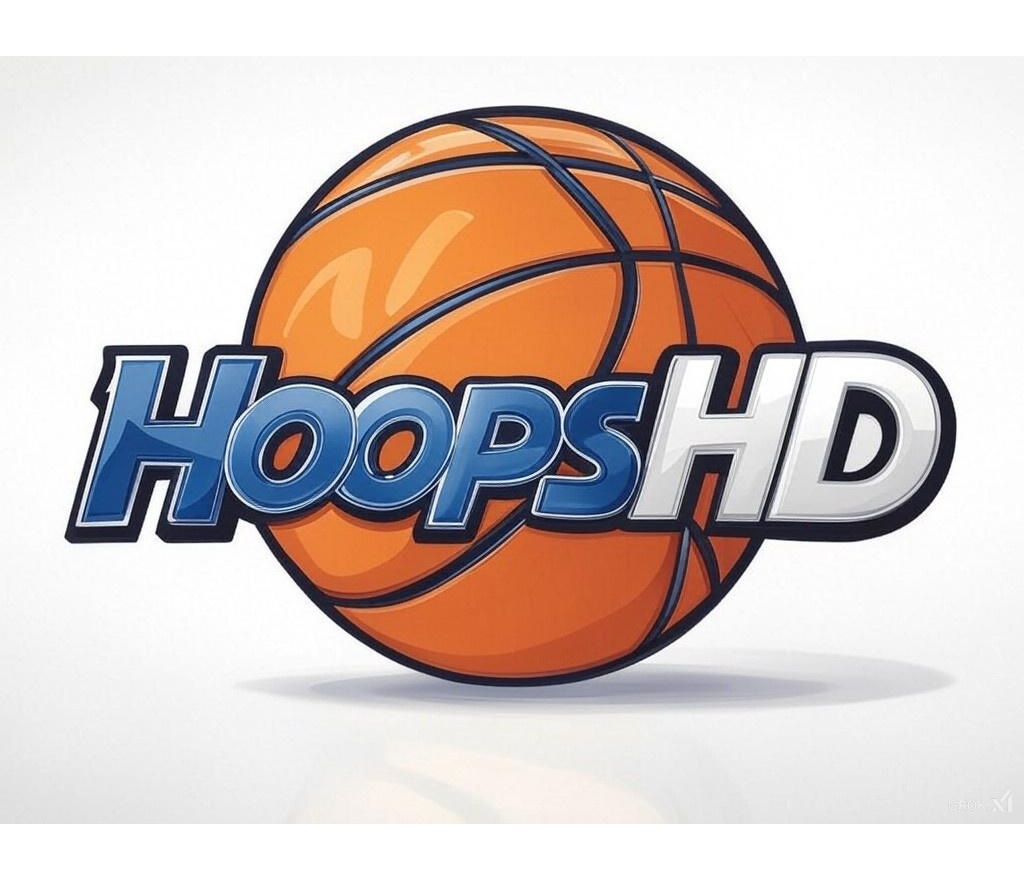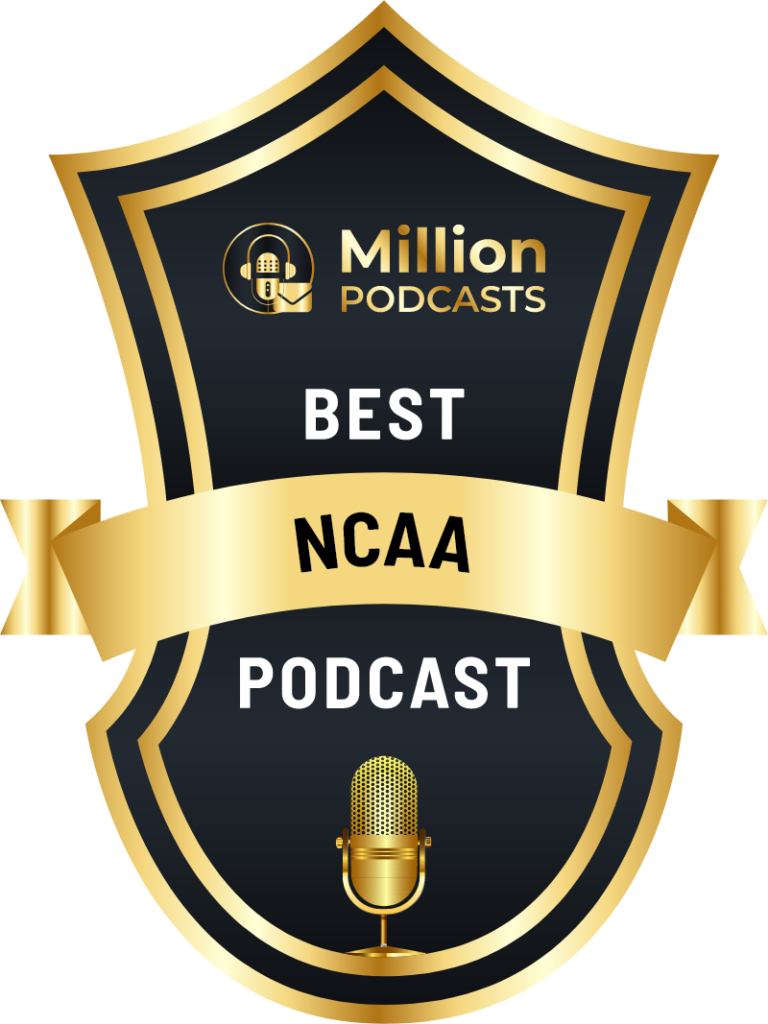This was supposed to be a big month for the Jones family. We have seen other coaching brothers make the NCAA tourney in recent years (Archie/Sean Miller, Bobby/Danny Hurley, etc.), but this was going to be the year of the Jones. Yale coach James Jones made the tourney last year and had a legendary upset of Baylor in 2016, and after 16 years as a head coach his brother James finally made it this year as head coach at BU. Then the NCAA tourney was canceled and we were left to wonder “what if”. Sam Jones is 1 of the most accomplished basketball players ever: 3-time all-conference player at NC Central, 1st round pick of the Celtics in 1957, then won 10 rings in 11 years from 1959-1969. HoopsHD’s Jon Teitel concludes our 7-part series of Joneses past and present by chatting with Sam about making a jump shot over Wilt Chamberlain to clinch a playoff series and winning all of those championships.
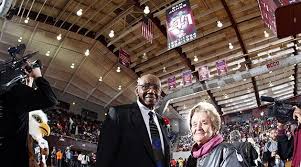
You developed your trademark bank shot while still in high school: how did you learn to shoot like that? It took a lot of practice. My coach (Dr. Frank McDuffie) had us practice making layups off of the backboard and we seldom missed so I decided to take jumpers like that, and would just back up further and further from the basket. I developed it during middle school.
At NC Central you played for Hall of Fame coach John McLendon: what made him such a great coach, and what was the most important thing you ever learned from him? My 1st choice was North Carolina A&T. They had a great baseball team that I wanted to play for…but when they told me I could not play baseball I decided to look elsewhere. Coach McLendon came to my house and drove me to campus to try out for his team. I had heard a lot about him because we beat their JV teams a lot. My mother’s backyard abutted Coach McLendon’s backyard and she told him that she had a son who needed to play for him!
You were originally drafted by Minneapolis in 1956 but returned to college after completing your military service: how close did you come to becoming a Laker? I was in the service with a few future NBA players like Frank Ramsey/Al Bianchi. I was named MVP of an all-Army tourney and was asked if I wanted to play pro basketball, but I said that I was going back to school to get my degree.
In the summer of 1957 you were drafted 8th overall by defending champion Boston (7 spots behind Hot Rod Hundley): were you surprised that Red Auerbach selected you despite never scouting you in person? The Lakers were going to take me in the 2nd round because they were scared to use a 1st round pick on a guy from a small school. I am not surprised that Red took me: not many people know this but he never saw Bill Russell play before taking him. He asked Wake Forest coach Bones McKinney about me because they did not have scouts who were paid to travel back then.
Take me through the magical 1962 playoffs:
In Game 7 of the Eastern Division Finals you scored 27 PTS in a 2-PT win over Philly: how were you able to make a jump shot over Wilt Chamberlain with 2 seconds left to clinch the series? The play was not designed for me but when you have the ball and the clock is ticking down then you have to make the play. I knew he could not block my shot in time and it was a swisher!
In Game 3 of the Finals before a then-record crowd of 15,180 you tried to inbound the ball to Bob Cousy with 4 seconds left but Jerry West stole the ball and drove for the winning layup at the buzzer in a 2-PT win by the Lakers: were you worried that you had cost your team the series? You cannot dwell on the past: they won it fair and square so we just went back out to play Game 4.
In Game 5 Elgin Baylor had a Finals-record 61 PTS and 22 REB in a 5-PT win over the Celtics in the Garden: where does that rank among the greatest performances you have ever seen? We tried everything that we could in terms of switching/double-teaming but he was a great player: 1 of the best small forwards to ever play the game. We had no idea he had so many points: we thought that we were the best defensive team ever.
In Game 7 Russell had a Finals-record 40 REB and you scored 27 PTS in a 3-PT OT win over the Lakers to win your 4th straight title: do you think that you should have been called for a foul at the end of regulation after shoving Baylor out of bounds? No: when the shot was taken there were 2 people shoving each other but I do not remember shoving him out of bounds.
In the 1963 Eastern Division Finals you scored a Game 7 record 47 PTS (while Oscar Robertson finished with 43 PTS) in a win over the Royals: how were you able to play your best when it mattered the most? Because we needed to win! I went to Russell’s room before Game 6 and told him that he was the best center to ever play. We often played better on the visiting team’s court: I told him to help us win on the road and he played 1 of his best games ever. When we went home for Game 7 he looked at me and asked me if I was ready…and I winked at him. I am shocked that it is still a Game 7 record, especially with the great players today who have the benefit of a 3-PT line. I did not even realize that I had the record until a few years ago when Allen Iverson almost broke it (with 44 PTS in a win over Milwaukee in Game 7 of the 2001 Eastern Conference Finals).
In the 1965 All-Star Game you scored 6 PTS in a 1-PT win by the East: how were you able to beat a West team featuring 8 future Hall of Famers (Jerry West/Bob Pettit/Chamberlain/Elgin Baylor/Lenny Wilkens/Gus Johnson/Walt Bellamy/Nate Thurmond)? I never liked All-Star games because nobody plays defense: it is just a show. What I would like to see is 12 guys selected to an All-Star team by their fellow players (as it was back in my day when we picked 10 and the coaches picked 2) and have them face the defending NBA champion. I would pick the defending champs to win because they played together all year long. We beat the West because we never liked them anyway: we were out to just smash them!
In Game 7 of the 1965 Eastern Division Finals you scored 37 PTS and made 1 of the most famous steals in NBA history after John Havlicek deflected an inbounds pass by Hal Greer and you beat Chet Walker to the ball and dribbled out the final seconds to clinch the series: how were you and Havlicek able to save the day? It never should have happened: we looked at the film and Luke Jackson should have been called for standing out of bounds. Russell backed up and threw a pass against a wire that was connected to the basket that gave Philly the ball. I had to guard a 7’ center named Johnny Kerr after 1 of my teammates had fouled out. Havlicek deflected the ball and time stood still: nobody else moved.
Take me through the 1967 playoffs:
In Game 4 of the Eastern Division Semifinals you tied a career-high with 51 PTS in a 9-PT win over the Knicks: was it just 1 of those scenarios where every shot you put up seemed to go in because you were “in the zone”? Yes, although I did not realize it at the time. When a Celtic player was hot they would keep calling out a play for you until the other team made an adjustment. We had 2 big men inside in Russell/Wayne Embry who would set picks for me, and the 15-foot jumper was my shot. The guy who actually told me that I had 51 PTS was Willis Reed!
In Game 1 of the Finals Chamberlain had an unofficial quadruple-double (24 PTS/32 REB/13 AST/an alleged 12 BLK) in a win by Philly: was Wilt the most dominant opponent you ever faced? He probably could have been the most dominant player ever if he put his mind to it. He was 7’2”, could run, jump, defend, pass, and dribble. I played against him during 11 of my 12 years and only tried to make 1 layup against him…and he blocked my shot. After that I took jump shots because I had so much respect for him.
In Game 7 of the 1968 Eastern Division Finals you scored 23 PTS in a win over Philly on the road: how were you able to become the 1st team in playoff history to come back from a 3-1 series deficit? We never should have been down 3-1: we made some mistakes at home that they were able to capitalize on. We knew that we had to win 2 games on their court but we always played to win. The year they went 68-14 we split the season series with them 4-4, but in a Game 7 they were as nervous as we were.
Take me through the 1969 Finals:
With 7 seconds left in Game 4 player-coach Russell called for Havlicek/Larry Siegfried/Bailey Howell to set a triple-pick for you and your shot hit the front and back rim before going in at the buzzer for a 1-PT win over the Lakers: did you think the shot was going in even though you jumped off of the wrong foot to avoid a block by Chamberlain? I did not jump off the wrong foot: I just slipped. We had worked on that new play in practice just in case. I let the play develop, made my move, got a perfect pass after going around all of the picks, and a 15-foot jumper is the same as a FT. I had to shoot off of my left foot, which I was not used to doing, and Wilt was getting ready to rebound. I was ready for Russell to tap it in but he had taken himself out in order to put 5 shooters into the game. The Garden went wild and so did I!
In Game 7 you scored 24 PTS to help beat the Lakers on the road: were you surprised that Lakers coach Butch Van Breda Kolff kept Chamberlain on the bench for the final 2 minutes even though he had recovered from injuring his knee, and what was the feeling like in your locker room after winning the final game of your career? According to the media we were not supposed to win because so many of us were hurt during the year and we had constant lineup changes, but by April we were healed and ready for the playoffs. It was the 1st year I can remember that we did not have home-court advantage in the 1st round. If you can win 1 game on the road then all you have to do is win the rest of your games at home. I remember Lakers owner Jack Kent Cooke putting a memo in the seats before Game 7 stating that after the Lakers won the title the USC band would play “Happy Days are Here Again”, Chick Hearn would interview the Lakers star players, and balloons would fall from the ceiling. I showed Russell a copy of the memo and he said, “We are going to run them out of the gym”. I did not want to hear that because I was the oldest guy on the team so I told him I would need a blow after 6 minutes. We played well in the 1st half before Mel Counts helped the Lakers come back in the 2nd half, which is why Butch did not put Wilt back in the game, and I believe that is the reason we won.
Your 10 NBA titles (in an 11-year span!) is 2nd only to your teammate Russell (who won 11 in 13 years): did it reach a point where you just expected to win a title every single year? No. Auerbach was a dynamic coach who never embarrassed us on the floor so we had a lot of respect for the man. He made sure that we were in better shape than any team in any professional sport. The veterans knew that we came back every fall ready to play from Day 1, which is what we instilled in the rookies in training camp. If you came in as a shooting guard then I would teach you how to be in the right position for every play so that you could step in for me if necessary. Russell went to the Eastern Division Finals for 13 straight years!
You played in a Game 7 a total of 9 times and won all 9 of them while averaging more than 27 PPG: what is the key to winning a Game 7? Scoring more points than your opponent! The media mentioned that we had never lost a Game 7 by our 5th one so we figured that we might as well win them all. We got lucky in 1 of them (Game 7 of the 1962 NBA Finals) when Frank Selvy missed a shot and we won in OT but the mystique is still there. In 2010 I sent a message and some shirts to the Celtics before Game 7 in LA, which I think they should have won. I was behind them all the way but they lost a close game (83-79).
After retiring you became coach at your alma mater: why did you take the job, and how did you like coaching compared to playing? Forget about coaching: it is a whole lot different than playing because you have to worry about a lot of other things. D-2 schools do not have a lot of money so you have to recruit good players. Athletic directors and coaches should get off their butts and go into the community and try to raise money from big businesses/churches/etc. I wanted to create a fund used only for out-of-state scholarships but we had less than $25,000 available. When you are left with 4th-tier players it is hard to win. I wanted to have early morning practices like Coach John Chaney did at Temple because then the players would have the rest of the day to go to class and study and the coaches would have time to talk to other coaches, but I was not allowed to do that.
In 1984 you were inducted into the Hall of Fame and in 1996 you were named 1 of the NBA’s 50 best players ever: when people look back on your career, how do you want to be remembered the most? I want to be remembered as a team player. My scoring average was 17 PPG in high school, college, AND the pros. I was a big guard coming out of college at 6’4” and was 1 of the fastest guys in the NBA during my 1st 5-6 years. I could jump but you never saw the Celtics dunking because Auerbach thought it took too much energy out of us.

